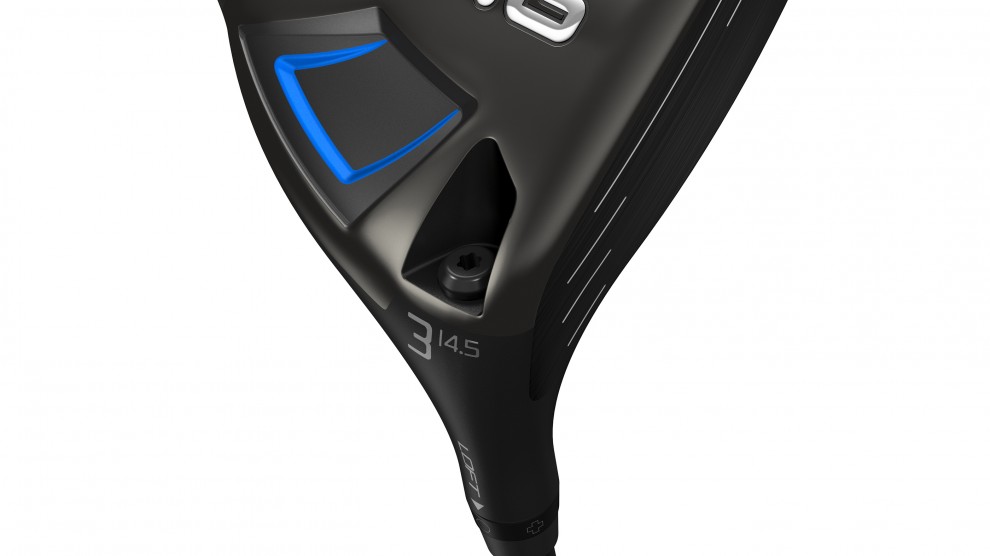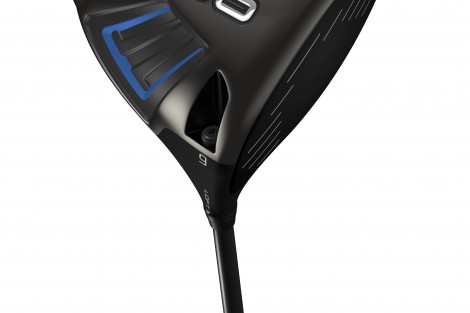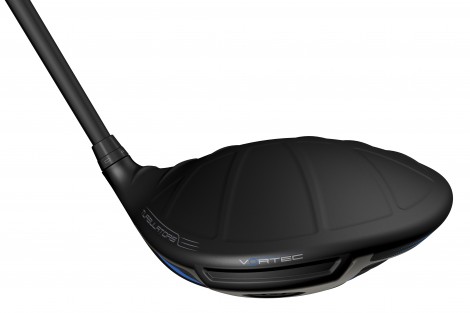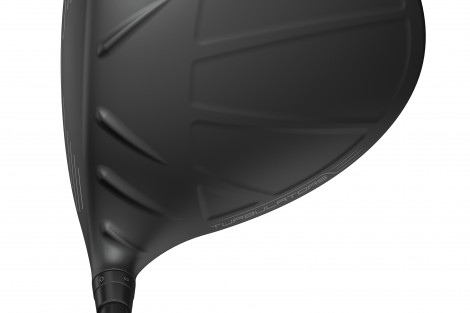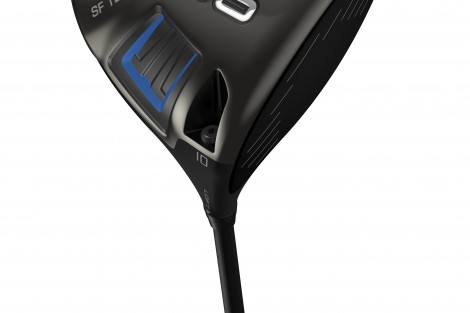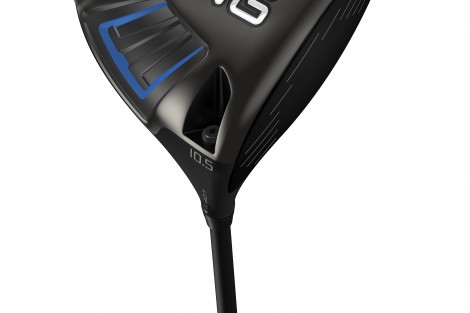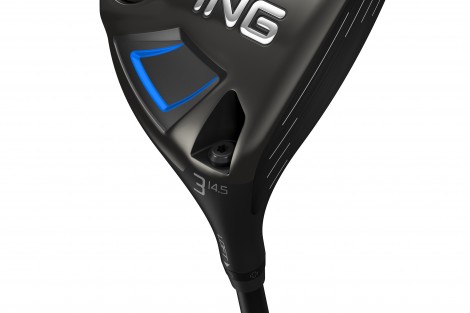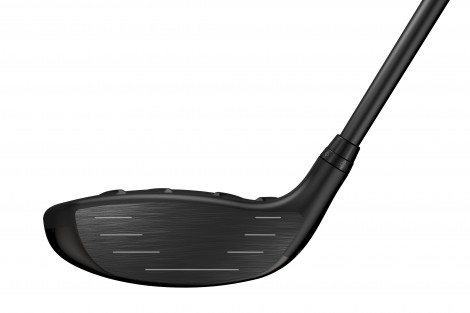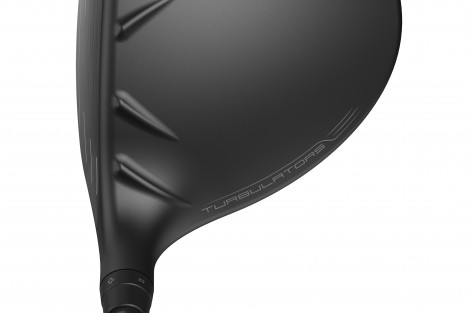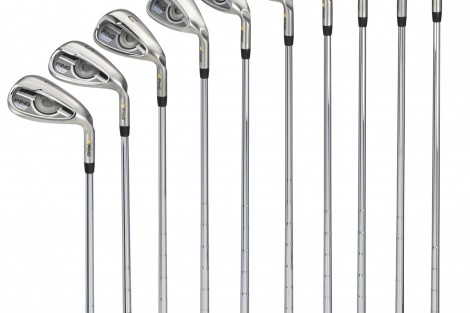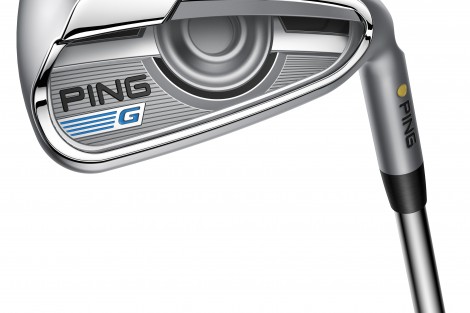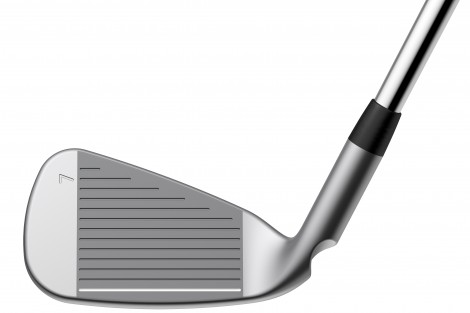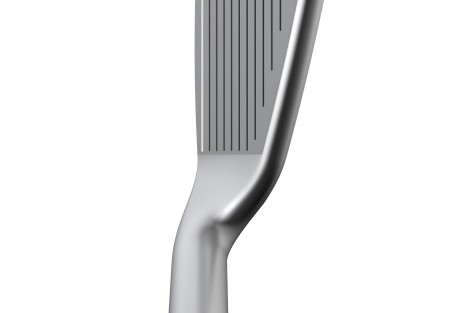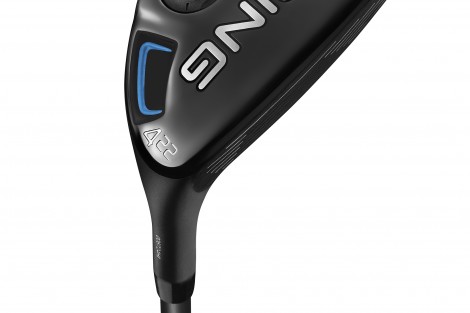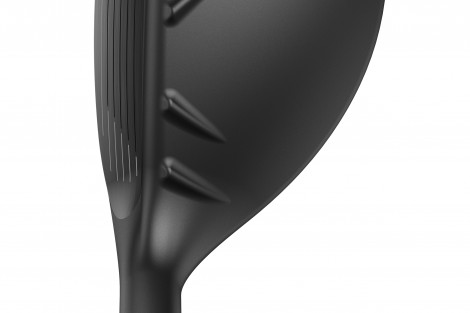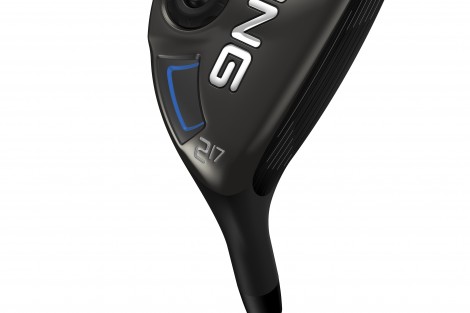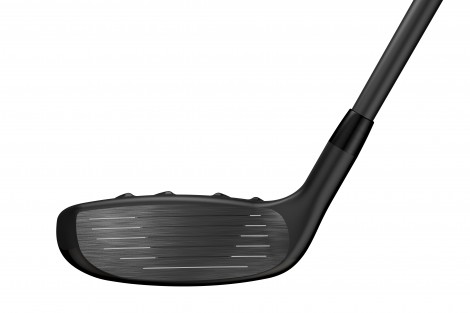Ping got back in the golfing public's consciousness in the driver game in a big way with the G30 driver, with its aerodynamic and speed-generating turbulators. It flew off shelves, making it the top-selling driver for months on the end.
So, what did Ping do for its encore? First, it dropped the number, replacing the nomenclature of tacking on five to each successive G driver. The next iteration is called the G Series, three driver heads, as well a line of fairway woods, hybrids and irons.
The inspiration behind the new driver? A dragonfly. John Solheim was intrigued by the win structure of the insect and took it to engineers to see what they could make of it, creating what the company dubs an exoskeleton design.
The new crown is the company thinnest and lightest, saving 8 grams over the G30 while delivering stability. Those 8 grams were used to driver the center of gravity further lower and back, increasing forgiveness and improving launching angle.
The other muse for the G Series driver was the set of flaps on 18-wheel semi-trailers that prevent shredding and improve aerodynamic flow. From that came Vortec, which works in concert with the returning, refined turbulators to reduce drag some 37 percent. The idea is that the full package improves clubhead speed even more than the G30. The thin T95 face delivers improved ball speed.
Aside from the standard G Series head, there's the SF Tec head, with weight moved closer to the heel to promote a draw bias. The LS Tec head featured a low and slightly forward center of gravity compared to the standard G Series for lower spin.
The adjustable hosel sleeve can adjust loft up or down 1 degree in five settings, including up or down 0.6 degrees.
The G Series and G Series LS Tec heads are available in 9- and 10.5-degree lofts, while the SF Tec head is available in 10- and 12-degree options. The stock shaft is the Ping Alta 55, available in senior, R, S and XS flexes.
The G Series drivers are available now for $435.
With the G Series fairway woods, Ping engineers sought to help golfers improve launch off the turf. They achieved that by lowering the lead edge, encouraging players to hit marginally higher on the face and launching the ball higher in the air.
The Carpenter 455 steel face flexes more with the sole design to deliver higher ball speeds, while a driver-inspired thin crown allowed weight to be moved to drop down and back the center of gravity. Turbulators help improve club head speed. The five-setting adjustable sleeve from the drivers carries through to the fairways.
There's a G SF Tec fairway wood option to promote a draw bias with heel weighting. The lighter club also helps golfers get back to square.
There's a G Stretch 3-wood option as well, with a larger head, more forward center of gravity and reduced spin to help players get maximum distance off the tee.
The G Series fairway woods retail for $289 each and are available in 3- (14.5 degrees), 5- (17.5 degrees) and 7- (20.5 degrees) options in the standard head. The SF Tec heads are 16 and 19 degrees. The stock shaft is the PING Alta 65, available in senior, R, S and XS flexes.
Distance is the key with the G Series hybrids. A new tiered internal structure on the sole is designed to improve face flexing for more distance and high launch. The crown has been thinned as well to deliver more weight to a low-and-back center of gravity. Like throughout the G Series, turbulators are on board the hybrids as well.
The G Series hybrids cost $248 each and are available in 17-, 19-, 22-, 26- and 30-degree options with a stock Ping Alta 70 shaft in senior, R, S and XS flexes.
Finally, the G Series is rounded out with a set of new irons, building on the COR-EYE technology found in the GMax irons.
The G iron utilizes revolutionary COR-Eye Technology (introduced in the GMax irons), which activates the sole, face and top rail in flexing for consistently faster ball speeds across the hotter face.
The G irons are treated with a heating process which creates a 17-4 alloy that is 40 percent stronger than traditional 17-4 stainless steel. The end product is a face that flexes dramatically more. Weight savings from the heating process was pushed around the perimeter for more stability and forgiveness. A new badge dampens virbation and improves feel at impact.
The stock shaft is the AWT (Ascending Weight Technology) 2.0 shafts, which get heavier from the long irons to the short irons. Players can also choose the Dynamic Gold S300 and X100, Project X 5.0 and 6.0, XP 95 and N.S. Pro Modus3 105 steel shafts at no upcharge. The CFS Graphite is the stock graphite choice.
The G irons go for $110 per club with steel shafts and $125 per club in graphite.

